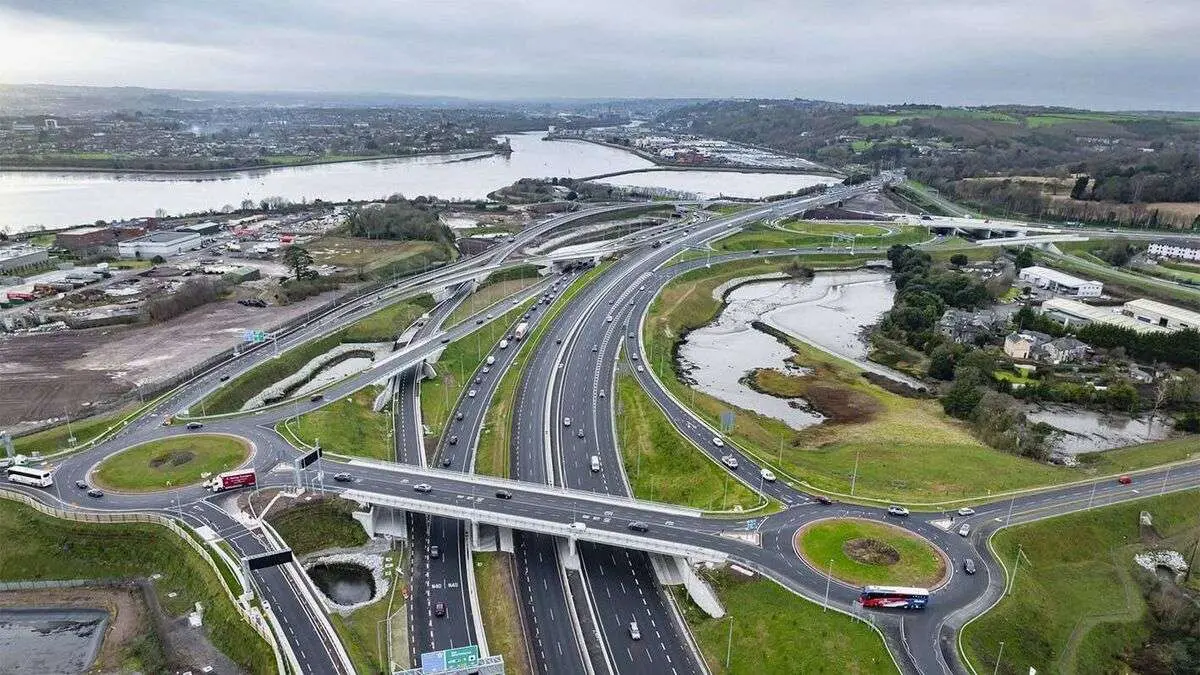
Managing a Building’s Lifecycle – Our Approach to BIM Technology
Reddy A+U are frontrunners in the adoption and utilisation of BIM (Building Information Modelling) and are committed to fostering innovation and delivering design excellence. Our industry leading BIM approach and workflows ensures our designs are fully digital from concept stages through to completion.
This greatly benefits our clients, giving them insight into the projects from the outset and enables us to rapidly test multiple design options with live reporting of key metrics and evaluation of environmental considerations. This ensures that our designs are lean, sustainable and our clients benefit from extensive insight in building design, operating costs, environmental impact, time schedule.
Data Driven Design
Environmental & Sustainability
Our BIM workflows enable us to evaluate a building’s impact within its surrounding environment by leveraging tools like VuCity and Forma. This allows us to analyse proposed schemes at any time of day, throughout the year. We can assess the visual impact of a building’s scale and massing on its urban context, examining how it interacts with the city at ground level and key sightlines. Using insight analysis, we can also evaluate how the design is influenced by solar radiation, helping the design team optimise the balance between passive heating and potential overheating.
Additionally, our BIM models can integrate with daylight and wind consultants to conduct detailed microclimate studies, ensuring the design performs efficiently and comfortably in terms of natural light and wind conditions. This comprehensive analysis allows us to refine building designs for both environmental performance and urban presence.
Collaboration & Coordination
Collaboration with clients, consultants and suppliers is central to our working methodology. The application of early 3D design and validation is to assist with coordination and facilitate clash detection, identifying critical interface issues before construction, and minimising the risks associated with the redesign and over-estimating cost.
We utilise Autodesk BIM 360 (Construction Cloud) as our primary Common Data Environment (CDE) for the design team throughout the design process. This platform plays a vital role in design development, streamlining coordination, clash detection, and issue resolution. By leveraging automated clash detection and a cloud-based issue management system within BIM 360, we significantly enhance model coordination efficiency.
Coordination through BIM is fully integrated into our collaborative design approach, minimising clashes and reducing rework. Through rigorous coordination protocols, weekly design team meetings, and a proactive problem-solving culture, Reddy A+U leads its teams in the early detection and resolution of design inconsistencies.




